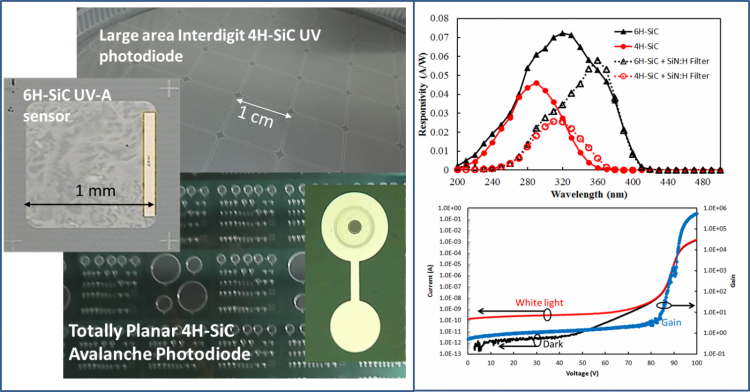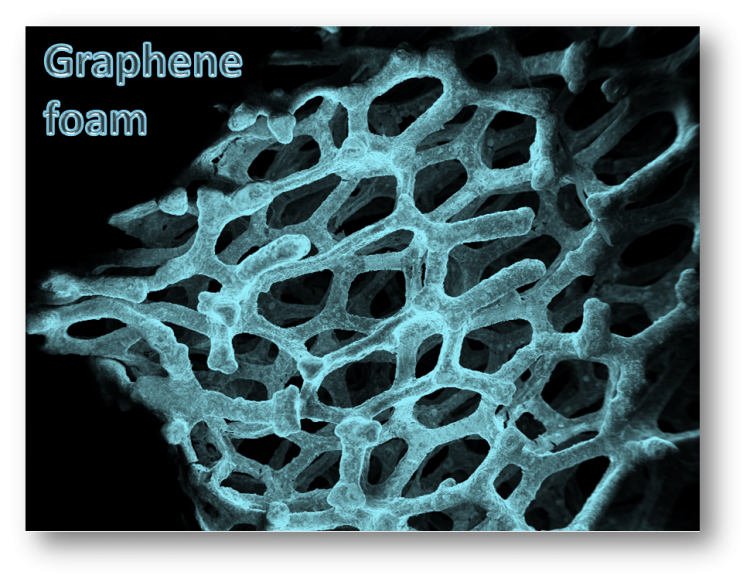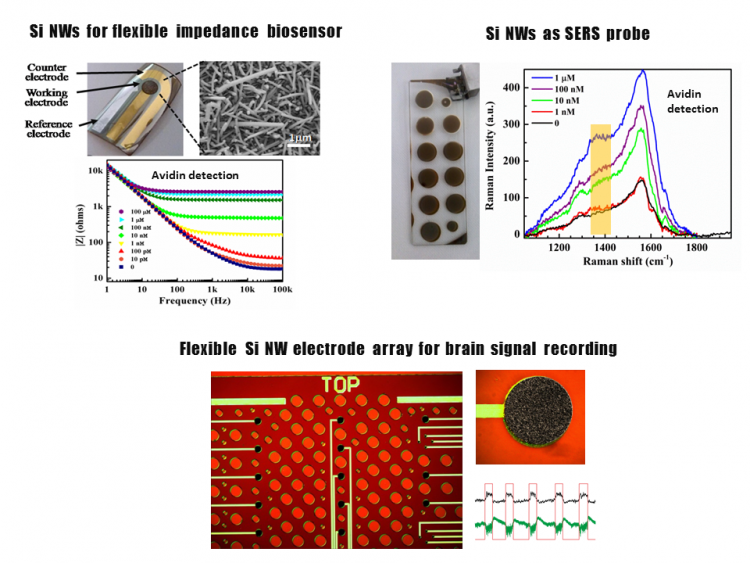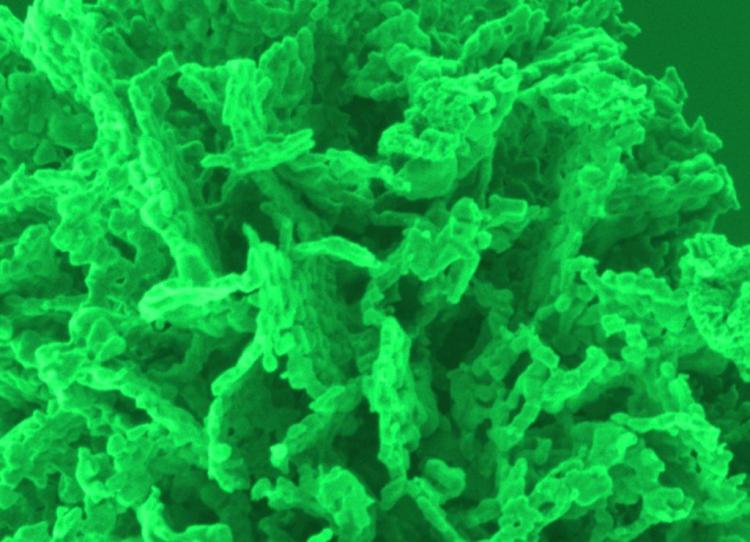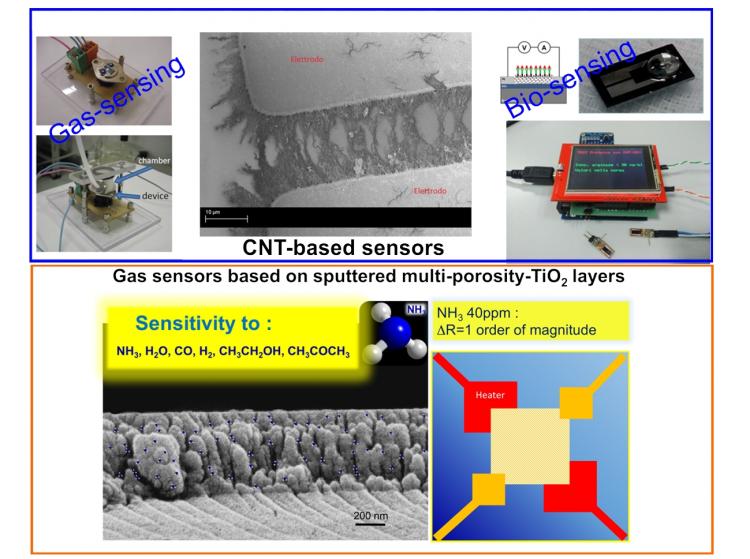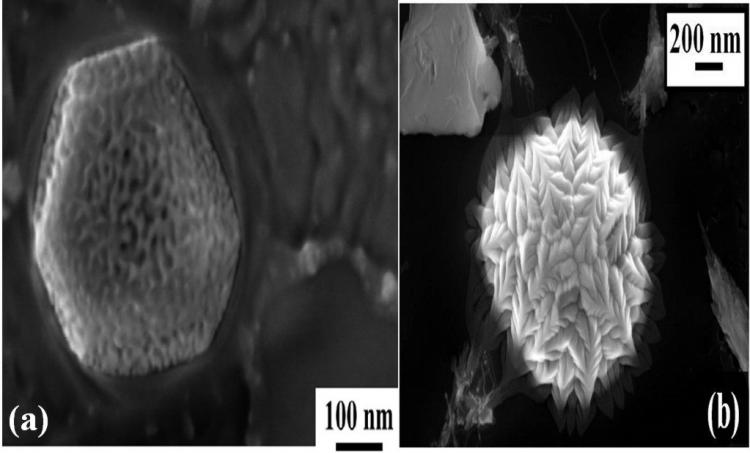Monitoring of UV radiation and of its components UV-A and UV-B is of great interest for human healthcare. In past years we realised visible blinde 4H-SiC UV detectors based on...
Chemical, Physical and Biological sensors
This IMM working group is oriented towards the preparation of sensitive organic, inorganic and mixed materials for different transducers techniques with the objective to realize innovative classes of sensors. The list of materials and investigated transduction techniques involved are:
- Innovative graphene-, metal-, and metal oxide- based nanostructures for sensing applications;
- Sensors based on electrical transduction systems or electromagnetic manipulation (carbon-based nanomaterials, TiO2 mesoporous layers);
- Sensors for health, environment and food applications (DNA, toxins, proteins) and/or chemical elements (cyanides, heavy metals) in liquids;
- Hydrogel-based wearable and portable sensors for chemical and biological parameters;
- Optical sensors for continuous monitoring of time-evolving biological processes;
- “Lab-on-Fiber” for biosensig applications (integration onto the optical fiber tip of metallic nanostructures supporting surface plasmonic resonances);
- Holographic Optical Sensors for Heavy Metal;
- Nanostructured semiconductors based sensors for chemical, physical and biological monitoring (porous silicon based sensors, light detection by silicon);
- Procedures for chemical, physical and biological devices (platforms with integrated microfluidics, micro-patterned PDMS structures);
- Fiber optic based sensors for aerospace applications (design, fabrication, implementation and use of sensors and sensor’s network for monitoring of physical parameters (temperature, strain, stress, displacement, acceleration);
- Biological/chemical sensors based on silicon nanowires (SiNWs) disordered nanostructures;
- Room Temperature Semiconductor X-Ray planar/segmented detectors for medical, security, astrophysics applications;
- Optochemical sensors and biosensors, fabrication of nanostructured plasmonic transducers by chemistry or physical routes. Plasmonically-active noble metal substrates for surface enhanced spectroscopies (mainly SERS, TERS spectroscopy) for single molecule detection. Theoretical modelling tools based on Finite Elements Methods, Mie, discrete dipole approximation (DDA); Biofunctionalisation of nanobiosensor surfaces. Development and validation of portable prototypes of optical sensors based on SPR transduction.
- Physical sensors (High Luminosity LHC (HL-LHC) Phase-II upgrade to satisfy the requirements of a higher radiation dose;
- MEMS-based ultra-low power gas sensors and detectors. Sensor prototyping, development of custom based electronics like USB-pen MOX array drivers and signal processing algorithms. MEMS-based thermal conductivity detectors (TCDs) for portable micro-gas-chromatographic applications;
- Graphene-based sensors. C-CVD grown graphene (G), in form of membranes with crystalline domains with 1 to 4 layers or of 3D porous foams, is focused mainly on the development of Biological sensors; Gas sensors; Pressure sensors.
Coordinator: Francioso Luca
We are investigating new graphene based structures to be potentially used in sensing. In particular, the attention is focused on the realization and characterization of 3D grafene structures like...
Silicon Nanowires (SiNWs) are expected to play a crucial role in the fields of the biodetection and nanomedicine. Indeed, their unique electronic/optical properties, nanoscale diameter,...
Low-cost synthesis (chemical or electrochemical bath deposition) of nanostructures joins with simple sensor fabrication in lab to exploit the large potentialities of these innovative materials....
Carbon-based nanostructures and porous metal oxides are investigated as sensitive layers for the fabrication of electrical sensors for environmental and biological applications. Furthermore, an...
Plasmonic effects in metal nanostructures have known an increasing employment in the realization of sensing devices for gas detection. Surface plasmon polaritons (SPPs) are evanescent...
It is well assessed that AlN-based (inorganic) flexible pressure sensors represent a highly competitive alternative to polymers-based piezoelectric devices, since, in spite of their relatively...
The main goal of the activity is the design and fabrication sensoristic systems based on optical and/or electrical devices for biological molecules...


